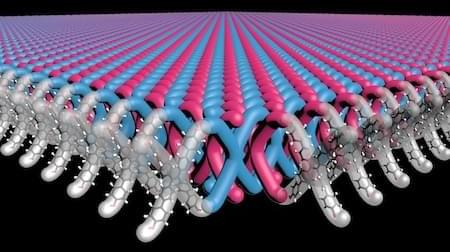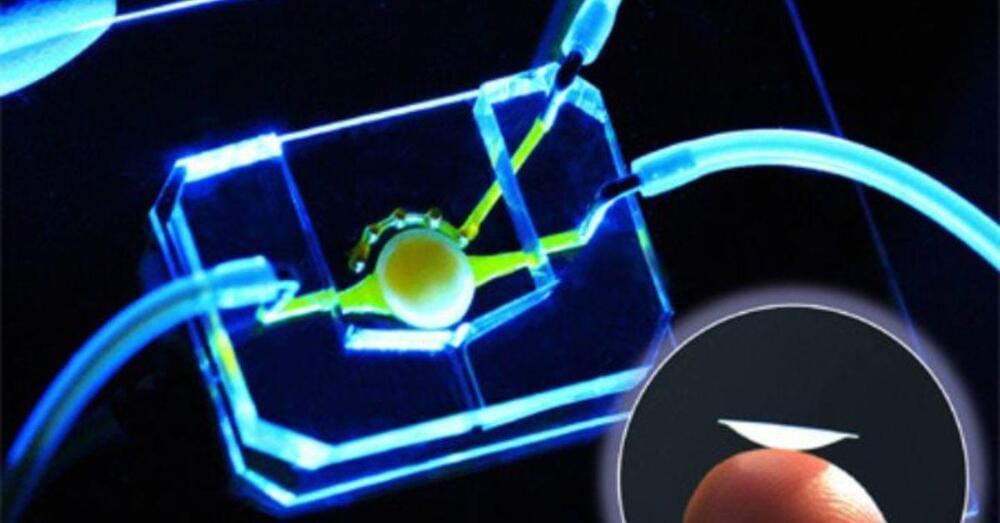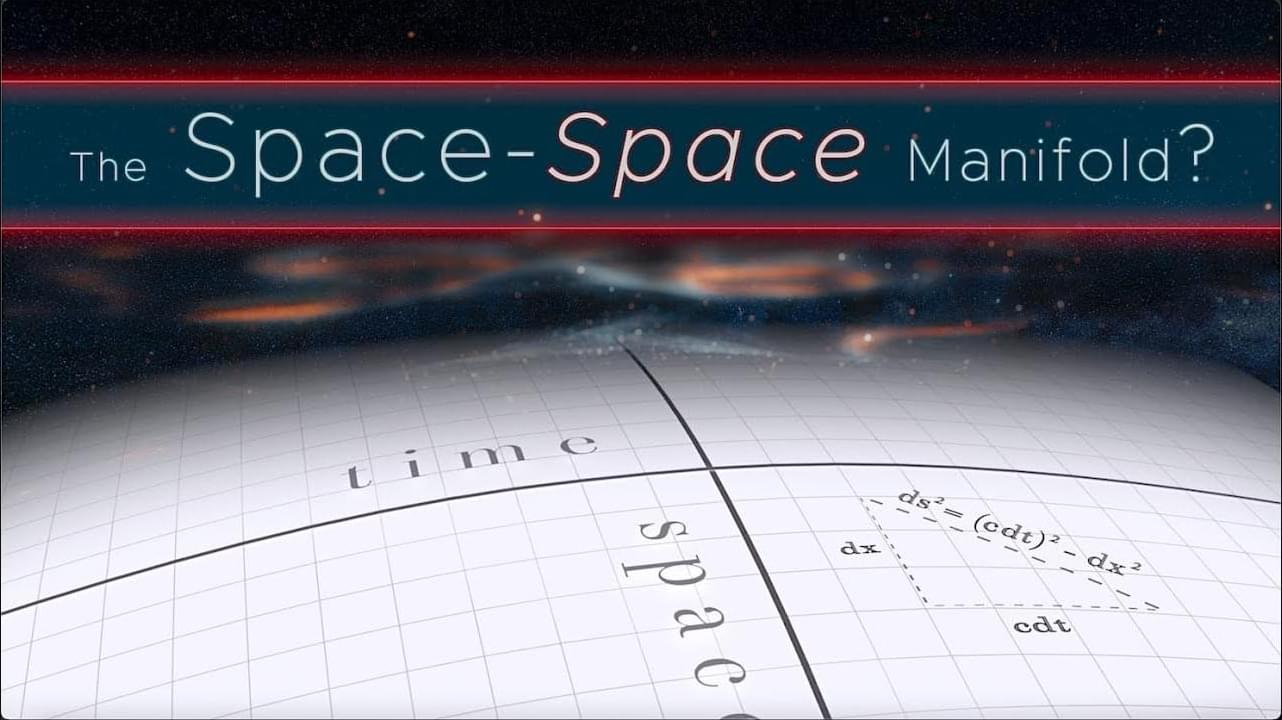Jan 18, 2025
Heat Destroys All Order. Except for in This One Special Case
Posted by Cecile G. Tamura in categories: computing, mathematics, quantum physics
How Symmetry Shapes the Universe: A Peek into Persistent Symmetry Breaking.
Imagine a world where certain symmetries—like the balance between left and right or up and down—are spontaneously disrupted, but this disruption persists regardless of temperature. Scientists are exploring this fascinating behavior in a special type of mathematical framework known as biconical vector models. These models examine how symmetries behave under specific conditions, especially in a universe with two spatial dimensions and one time dimension (2+1 dimensions).
This study takes a closer look at these models and reveals exciting new insights about symmetry breaking in a way that respects established physical principles. Here’s what the researchers discovered:
Continue reading “Heat Destroys All Order. Except for in This One Special Case” »

















